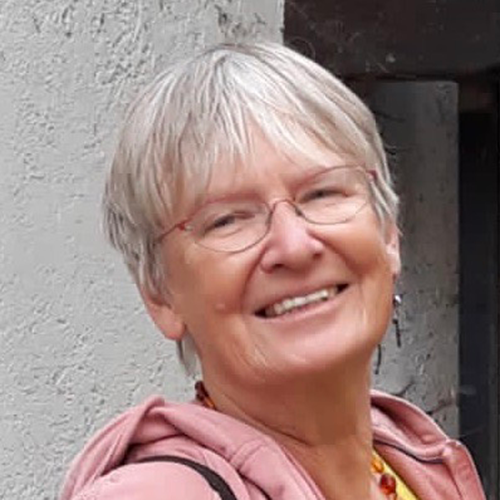Apartheid on the road? Or: How I learned to take the bus in Cape Town . 2002/2003
During my stay in Cape Town – long way back from November 2002 until April 2003 – taking the bus played a very important role. After my arrival at an anthroposophy community in Plumstead, where I could hire a small room, all my house mates were shocked that I did not want to hire or buy a small car to be mobile and to get to my different workplaces of Abalimi Bezekhaya – the NGO where I was volunteering – in Khayelitsha.
Several reasons kept me away from driving by myself. How should I get used to driving on the “wrong” side of the road? I have a distinct left-right weakness! And how should I, who already drives overly cautious in Germany, ever arrive safely here in this mad traffic of Cape Town? In such a big city there had to be public transport, I thought. My new – only white – house mates had neither idea if it even exists nor how it works. “We never take public transport; that is far too dangerous!” Hmmm???
In the beginning one of my colleagues from Abalimi who also lived in Plumstead gave me a lift to and back from work. With and with I observed that buses were driving around in the townships on a regular basis. And obviously I also saw a whole lot of people from the townships leaving in the morning to work in the rich areas of the white people. Bit by bit I got into closer contact with the ladies in the township. „Of course, there are busses from Wynberg Station to Khayelitha.“ And so I rolled up this problem from behind: some ladies and children accompanied me to the bus stop in Khayelithsa and waited with me until the bus arrived. They inculcated the bus driver to take good care of me and to only let me step out of the bus at “Wynberg Station” – the final destination. The next morning the ride in the opposite direction was no challenge for me! I used this bus line nearly six months and I was always the only white person in the bus. I have been always treated very friendly by all the other passengers. Interestingly it was clear to everybody, who I talked to in the bus that I have to be a European and not a South African – before I even said a word.
My house mates in Plumstead observed that I arrived every day at home alive, safe and intact – they treated this fact as a miracle. Most of them had never ever been to a township- they were too scared. Bit by bit their interest had been aroused to take the plunge. And so I transformed to the uncertified tour guide between Plumstead and Khayelitsha, where all my guests were warmly welcomed in the gardens of Abalimi.




Sabine Schönberg-Ehlen
born in 1955, caught herself again and again being jealous of all these young people, who could spend a gap year or at least some months before or after their tertiary education. So she saved time for about six years for a sabbatical – first her children had to mature.
Her time came in 2002! Some dreams last until the 47th birthday. For a few weeks she found a job at an organic vegetable farm in France and then she joined the Buddhist community of Thich Nhat Hanh in Plum Village.
Finally she fulfilled her dream: six months in Cape Town – but not as a white tourist! She wanted to get to know the every day life of the black people after the end of Apartheid. And she thought that would be most successful by working together. She found two jobs as a volunteer, one at a garden which was founded and supported by Abalimi Bezekhaya and one in a children’s home for kids of HIV/Aids-infected parents.
She also enjoyed the life close to two oceans and often took the train from Plumstead to Kalk Bay to go for a swim after a working day in Khayelitsha.
The generosity of my partner has to be mentioned here: he came to Cape Town to spend the last two weeks together with me between Table Mountain and Khayelitsha and to take me back home after my sabbatical.
„To me the Partnership is the continuation of my time in Cape Town, so to say the support of a lot of projects from home. The effort to learn from each other on an eye to eye level is the most fascinating aspect with it.”
